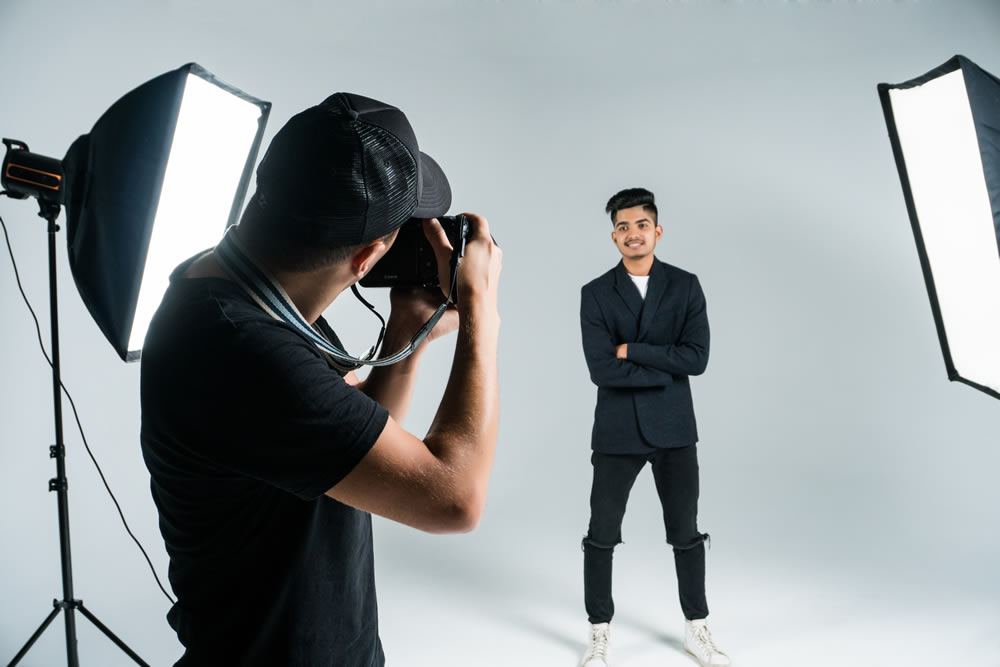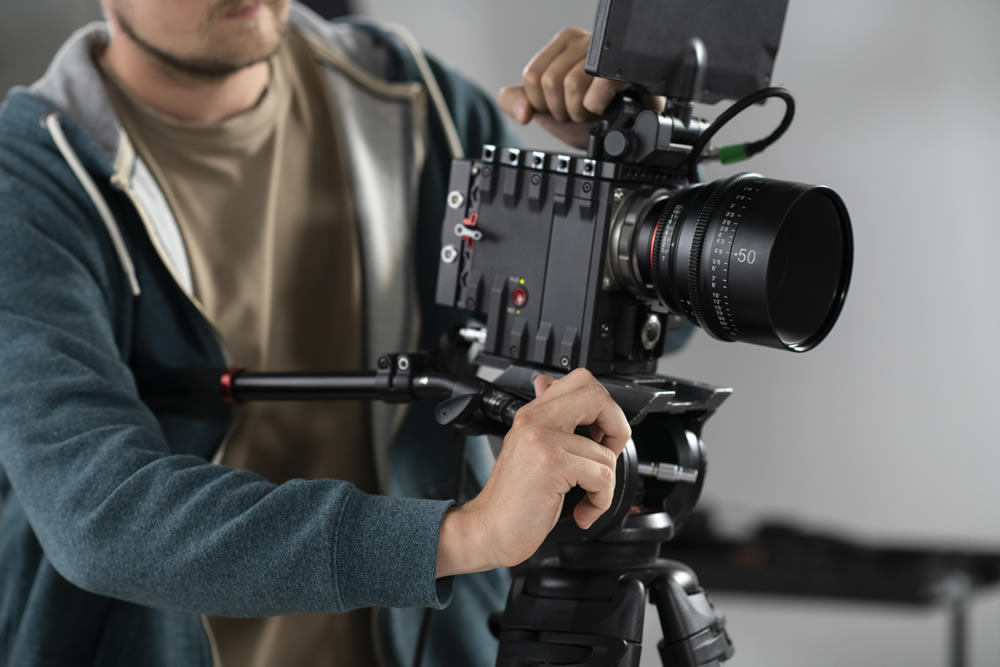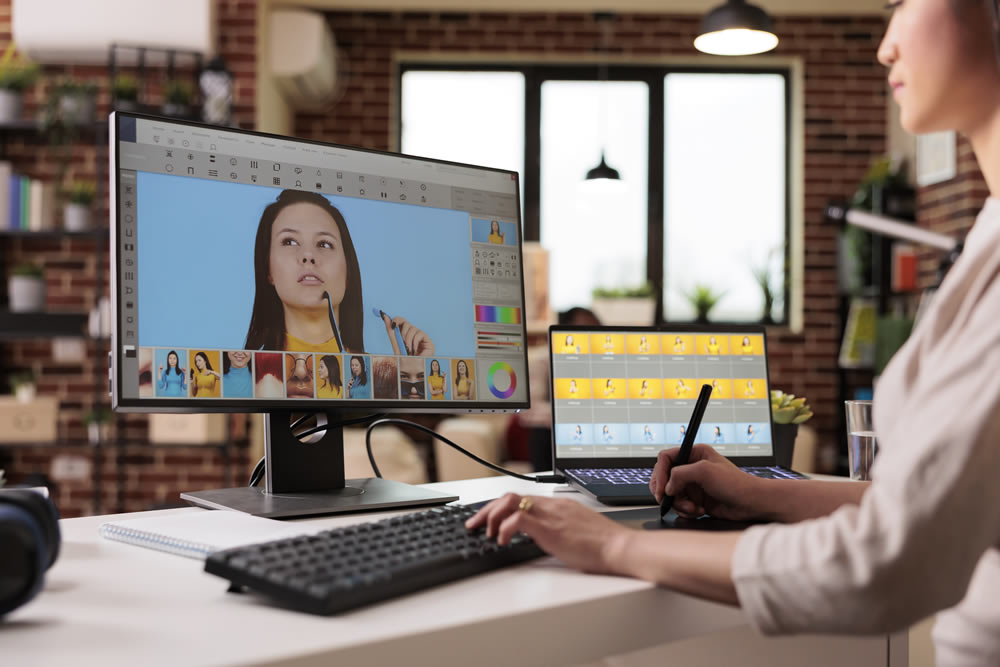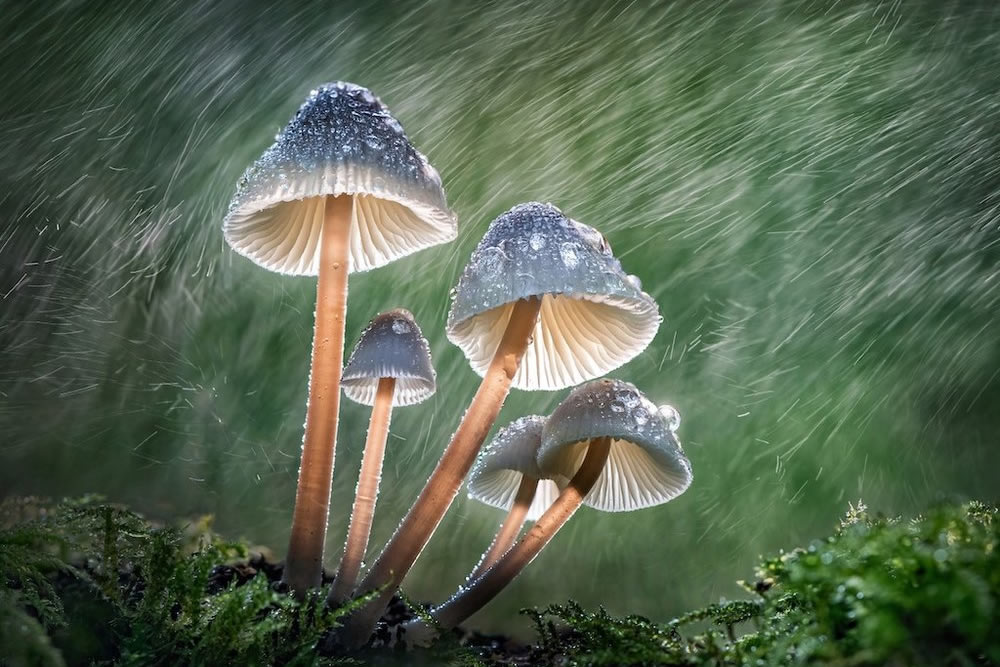In the realm of visual arts, the fusion of creativity and technical proficiency forms the cornerstone of photography and videography studios. These creative spaces serve as incubators where artistic vision meets scientific precision. Understanding the dynamics of creativity within these studios requires delving into the intricate interplay between artistry and technology.

Understanding Creativity in Visual Arts
Creativity in photography and videography transcends mere technical skills; it embodies the ability to envision and capture moments that evoke emotion and tell compelling stories. Historical perspectives reveal how pioneers in these fields revolutionized artistic expression through innovation and experimentation. Early photographers like Ansel Adams or Dorothea Lange and filmmakers like Georges Méliès or Sergei Eisenstein exemplify the transformative power of creativity in shaping visual culture.
Moreover, psychological insights shed light on the cognitive processes underlying creative thought, emphasizing the importance of openness to new ideas and perspectives. Studies have shown that creativity flourishes in environments that encourage risk-taking and exploration. By embracing uncertainty and pushing the boundaries of convention, artists can unlock new realms of imagination and innovation.
Setting Up Your Studio: The Basics
Selecting an appropriate studio space involves considering factors such as size, lighting conditions, and accessibility. Whether it’s a professional studio with multiple shooting bays or a compact home setup, the space should inspire creativity and facilitate efficient workflow. Essential equipment, ranging from cameras and lenses to lighting fixtures and backdrops, form the foundation of a functional studio. Investing in high-quality gear ensures consistency and reliability when capturing images and footage.
Moreover, strategic layout and design optimize workflow and facilitate creative experimentation. Creating designated areas for shooting, editing, and client meetings fosters organization and productivity. Additionally, incorporating elements of inspiration, such as artwork or mood boards, stimulates creativity and fuels artistic vision.
The Art of Composition and Framing
Composition serves as the bedrock of visual storytelling, guiding viewers’ gaze and conveying narrative depth. Understanding principles such as the rule of thirds, leading lines, and negative space empowers photographers and videographers to craft compelling imagery. By strategically positioning subjects within the frame and balancing visual elements, artists can evoke emotion and provoke thought in their audience.
Moreover, mastering framing techniques enhances the impact of visual narratives by highlighting subjects and creating dynamic compositions. Experimenting with different angles, perspectives, and focal lengths allows artists to explore unique storytelling possibilities and infuse their work with personal style and flair.

Mastering Technical Skills
Technical proficiency is indispensable for translating creative vision into tangible imagery. A thorough grasp of camera settings, including exposure, aperture, and shutter speed, allows artists to manipulate light and achieve desired effects. Understanding the relationship between these variables enables precise control over the visual aesthetic, whether it’s capturing motion with a fast shutter speed or achieving shallow depth of field with a wide aperture.
Furthermore, proficiency in post-processing techniques empowers creators to refine their work and imbue it with artistic flair. Whether it’s adjusting color balance, enhancing contrast, or applying creative filters, digital editing tools offer endless possibilities for experimentation and expression. However, it’s essential to maintain a balance between technical refinement and artistic intuition, ensuring that technical mastery serves as a means to amplify creative vision rather than overshadow it.
Cultivating Creativity in Studio Practices
Creativity thrives in environments that encourage experimentation and embrace failure as a catalyst for growth. Overcoming creative blocks requires adopting strategies such as mind mapping, brainstorming, and engaging in interdisciplinary collaborations. By fostering a culture of curiosity and exploration, studios can nurture a creative ecosystem where ideas flow freely and innovation flourishes.
Moreover, incorporating elements of playfulness and spontaneity into studio practices stimulates imagination and encourages risk-taking. Whether it’s organizing themed photo shoots or experimenting with unconventional lighting techniques, embracing a spirit of adventure opens up new avenues for artistic exploration and discovery.
Collaboration and Communication
Effective collaboration hinges on clear communication and mutual respect among team members. Studios must cultivate an environment that encourages open dialogue and embraces diverse perspectives. By fostering a culture of collaboration and teamwork, studios can harness the collective creativity of their staff and collaborators, resulting in more innovative and impactful creative outcomes.
Furthermore, establishing solid relationships with clients fosters trust and enables collaborative problem-solving, resulting in more authentic and resonant visual narratives. By actively involving clients in the creative process and soliciting their feedback and input, studios can ensure that their work aligns with the client’s vision and objectives, ultimately leading to greater satisfaction and success.

Innovation in Studio Practices
Innovation drives progress in photography and videography studios, prompting artists to explore new techniques and mediums. Embracing technological advancements, such as drones, virtual reality, and artificial intelligence, expands the creative toolbox and opens up new avenues for artistic expression. By staying abreast of the latest trends and developments in the industry, studios can position themselves at the forefront of innovation and remain competitive in an increasingly saturated market.
Moreover, pushing boundaries and challenging conventional norms fosters a culture of innovation and keeps studios at the forefront of the industry. Whether it’s experimenting with avant-garde techniques or exploring emerging genres and styles, embracing a spirit of innovation allows studios to break new ground and redefine the boundaries of visual storytelling.
Conclusion
Photography and videography studios serve as dynamic hubs where creativity and technology converge to produce impactful visual narratives. By understanding the complexities of creativity within these spaces and embracing innovation, artists can unlock new realms of artistic expression and shape the future of visual storytelling. As the journey continues, let us remain steadfast in our commitment to capturing creativity and inspiring audiences worldwide.










